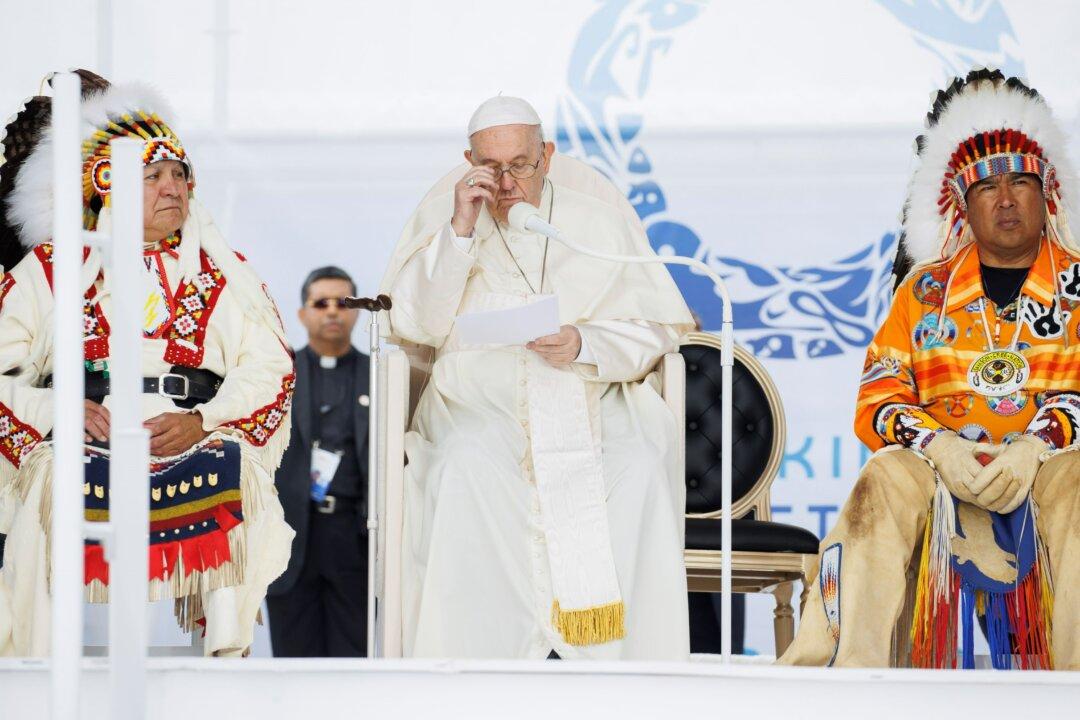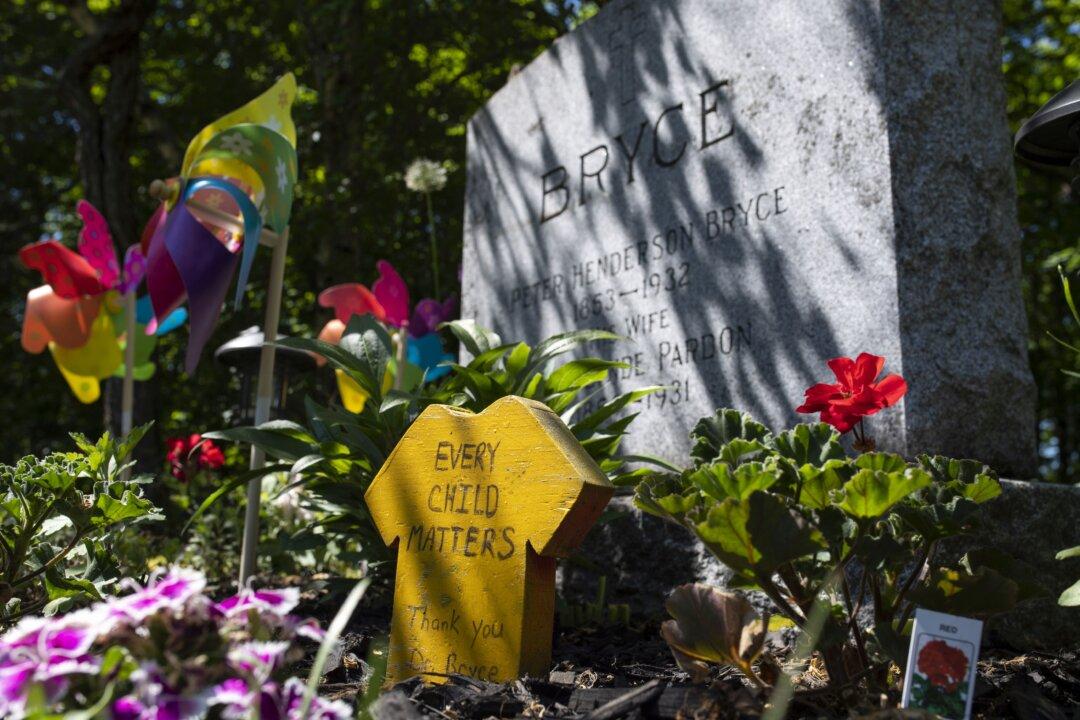Commentary
“I know of the gratitude that you yourselves, the Indian and Inuit peoples, have towards the missionaries who have lived and died among you. What they have done for you is spoken of by the whole Church; it is known by the entire world. These missionaries endeavoured to live your life, to be like you in order to serve you and to bring you the saving Gospel of Jesus Christ.





